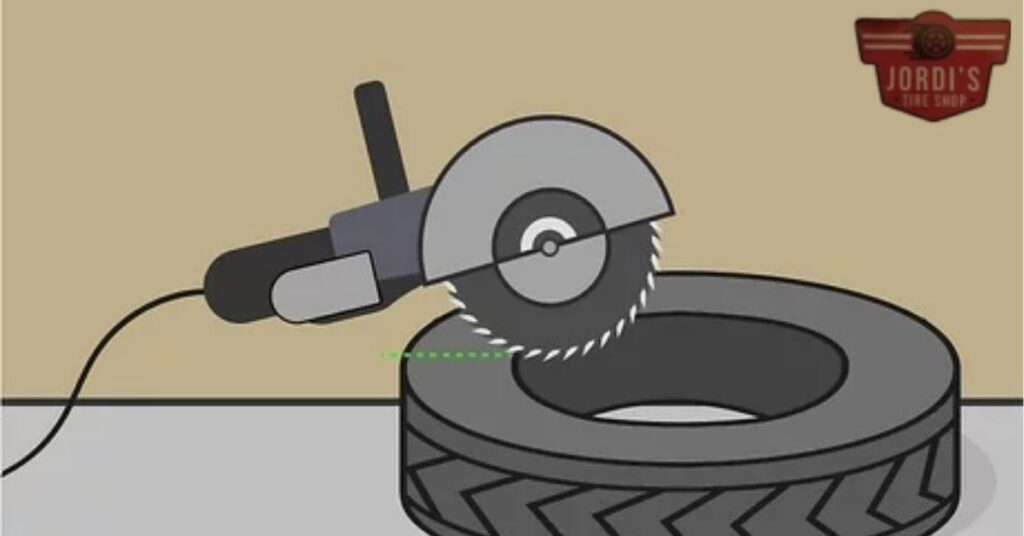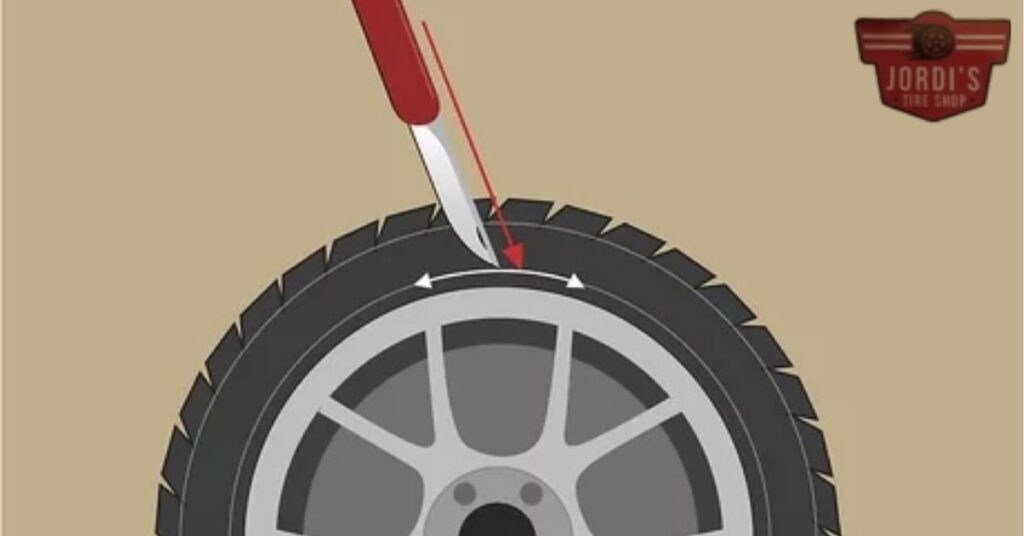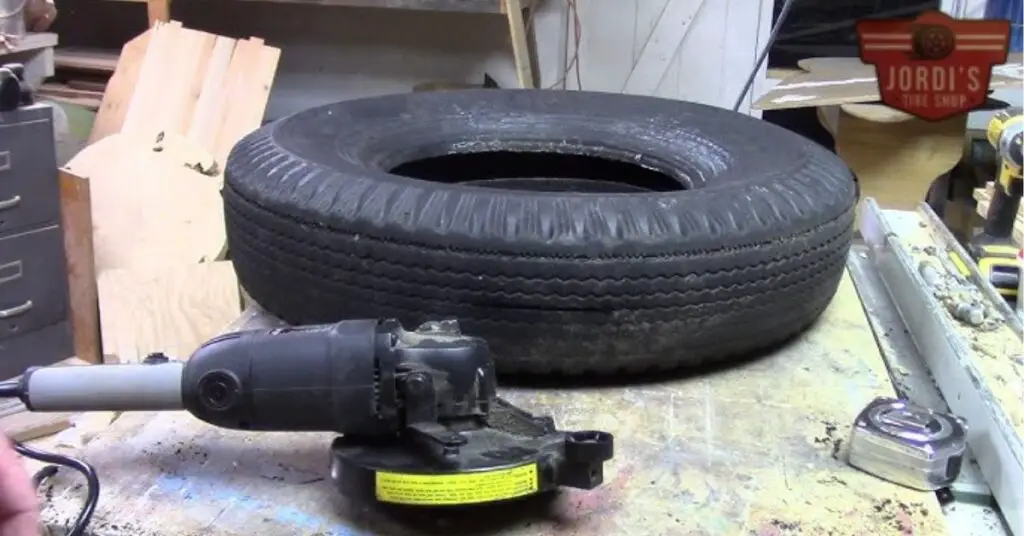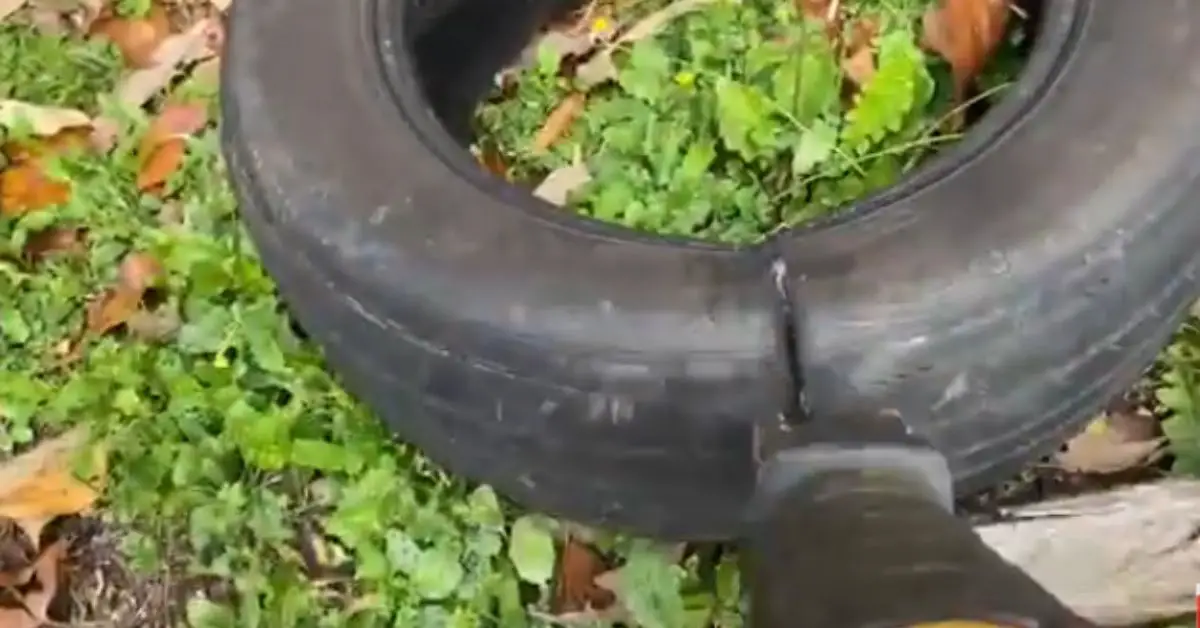Ever wondered how to cut tires in half for a DIY project or proper disposal? Cutting tires can seem daunting, but with the right tools and techniques, it’s a manageable task. Whether you’re repurposing old tires for garden planters or need to dispose of them, knowing how to cut them safely and efficiently is crucial.
In this guide, you’ll learn the step-by-step process to cut tires in half, including the necessary tools and safety precautions. By following these tips, you’ll ensure a smooth and safe cutting experience, transforming those bulky tires into manageable pieces.
Understanding the Basics of Cutting Tires

Cutting tires can be a practical solution for various projects and disposal. Grasp the foundational aspects before starting.
Why Cut Tires in Half?
Cutting tires provides several benefits. For disposal, cutting tires reduces landfill space. For repurposing, halved tires can be used in DIY projects, such as creating planters, furniture, or playground equipment. Halving tires enables easier handling and transportation due to size reduction.
Tools Required for Cutting Tires
Using proper tools ensures safe and effective cutting. Commonly used tools include:
- Utility Knife: Effective for initial cuts on sidewalls.
- Saw: Reciprocating or jigsaw for more precision.
- Angle Grinder: Fast but requires skill to control.
- Lubricant: WD-40, for reducing friction.
- Protective Gear: Safety goggles and gloves to protect hands and eyes.
Ensure you gather all necessary tools before starting the cutting process.
Safety Precautions for Cutting Tires

When cutting tires, adhering to safety precautions ensures you avoid injuries. Always prioritize your safety by using appropriate measures.
Personal Protective Equipment
Wearing personal protective equipment (PPE) is essential when cutting tires. Use the following items to protect yourself:
- Safety Glasses: Shield your eyes from debris and rubber particles.
- Gloves: Protect your hands from cuts and abrasions.
- Long-Sleeved Shirt and Pants: Wear durable clothing to guard against burns and cuts.
- Ear Protection: Use earplugs or earmuffs to protect your hearing from loud tools.
- Respirator Mask: Filter out harmful fumes when using an angle grinder or saw.
Setting Up a Safe Workspace
Creating a safe workspace is crucial for cutting tires efficiently and safely. Follow these steps to set up a secure environment:
- Clear the Area: Remove any flammable materials and unnecessary objects from your workspace.
- Ventilation: Ensure good airflow to disperse fumes and dust.
- Sturdy Surface: Use a stable surface to prevent the tire from shifting while cutting.
- Lighting: Ensure adequate lighting to see clearly and avoid mistakes.
- First Aid Kit: Keep a first aid kit nearby for quick access in case of injury.
Adhering to these precautions and properly equipping yourself and your workspace, you’ll minimize the risk of accidents while cutting tires.
Step-by-Step Guide on How to Cut Tires in Half

Understanding each step ensures your safety and efficiency while cutting tires. Follow these detailed guidelines for optimal results.
Preparing the Tire
First, clean the tire to remove dirt and debris. This ensures a clearer view and smoother cut. Next, deflate the tire completely before cutting to prevent unexpected movements or bursts. Mark a clear cutting line around the tire’s circumference using chalk or a marker. Firmly secure the tire in place using clamps on a sturdy workbench to prevent shifting during the cutting process.
The Cutting Process
Select the appropriate cutting tool based on your preference and the tire’s thickness. A utility knife works for most tires, while an angle grinder is better for thicker tires. Begin cutting along the marked line, applying even pressure. For utility knives, use multiple shallow cuts to penetrate the tire without straining the tool. For angle grinders, maintain a consistent cutting angle to ensure a smooth cut. Work slowly and methodically, avoiding haste to maintain control and precision. Once the tire is cut in half, inspect the edges for any rough spots, and use sandpaper or a file to smooth them out.
Uses for Half-Cut Tires

Half-cut tires offer a wide range of practical and creative uses, making them a valuable resource for various projects. From gardening and landscaping to ingenious DIY crafts, these tire halves bring versatility and sustainability to your endeavors.
Gardening and Landscaping
Using half-cut tires in gardening and landscaping is both sustainable and functional. Turn tire halves into raised garden beds for planting vegetables or flowers. This method helps contain soil, improves drainage, and provides root space. Additionally, use cut tires as planters for trees or shrubs, creating a defined planting area.
Another excellent use is for garden edging. Lay tire halves along the garden boundary to create a durable and distinct edge that prevents soil erosion and curbs invasive plants. This not only adds a rustic look but also repurposes old tires effectively.
Creative DIY Projects
Integrating half-cut tires into creative DIY projects sparks innovation and adds unique elements to your home or outdoor space. Create a whimsical tire swing by securing ropes through the tire half. This brings fun and entertainment to your backyard.
Design durable and stylish outdoor furniture. Use the tire halves as bases for tables or stools by adding a wooden or metal top. This project combines practicality with creative flair.
Craft decorative pieces like garden sculptures or wall art. Painted and properly arranged tire halves can transform mundane spaces into artistic displays.
Half-cut tires provide numerous opportunities for practical and creative applications. Whether enhancing your garden’s functionality or embarking on a unique DIY project, these versatile materials promise both sustainability and innovation.
Conclusion
Cutting tires in half opens a world of sustainable and creative opportunities. From gardening to DIY projects, repurposing tire halves can transform your outdoor space. By following the steps outlined and prioritizing safety and precision, you can confidently tackle this task. Embrace the versatility of half-cut tires and let your creativity flourish while contributing to a greener environment.
Related Posts:
- How Much Does an Alignment Cost at Big O Tires? Your Complete Guide
- How Long Can You Drive on a Plugged Tire? Safety Tips and Expert Advice
- How to Fix Tire Cupping: Easy DIY Steps & Expert Tips to Prevent Uneven Wear
- How to Fix Tire Squeaks When Turning: Causes, Solutions, and Prevention Tips
- Plug vs Patch Tire: Which Flat Tire Repair Method is Best for You?
- What Does Service Tire Monitor System Mean? Comprehensive Guide to STMS & Latest Innovations
- How to Cut Tires in Half Safely for DIY Projects and Gardening
- How to Fix Inner Tire Wear: Key Tips for Alignment, Suspension, and Maintenance
- How Long Does a Patched Tire Last? Tips for Maximizing Tire Lifespan





